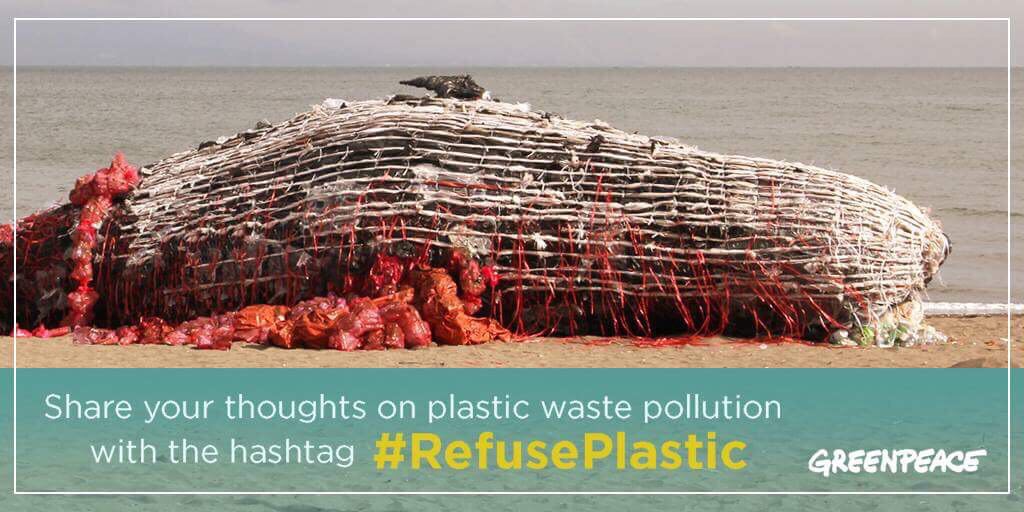A Brief Colonial History Of Ceylon(SriLanka)
Sri Lanka: One Island Two Nations
A Brief Colonial History Of Ceylon(SriLanka)
Sri Lanka: One Island Two Nations
(Full Story)
Search This Blog
Back to 500BC.
==========================
Thiranjala Weerasinghe sj.- One Island Two Nations
?????????????????????????????????????????????????Monday, May 15, 2017
Philippines: Greenpeace unfurls ‘beached’ plastic whale to raise awareness




A boy looks at a whale shaped art
installation that is made of plastic and trash made by environmental
activist group Greenpeace Philippines, lying along the shore in Naic,
Cavite, in the Philippines May 12, 2017. Source: Reuters/Erik De Castro
GREENPEACE Philippines has installed a giant whale artwork made entirely
out of plastic at the Sea Side Beach Resort in Naic, Civate.
“Listen to the dead whale’s wake-up call, look closer and see what
plastic pollution does to the ocean,” Greenpeace Philippines posted in
its Facebook page.
“We hope that this installation encourages the public to take action and
#RefusePlastic. Let us tell Asean Countries to end the scourge of
plastics,” it said providing the link to a petition. The installation is part of Greenpeace’s #RefusePlastic campaign.
RT gpph: Join the #RefusePlastic Twitter conversation: A discussion on the dead whale's wake-up call, 10am. #Clima…

As host to this year’s Asean forum, environmentalists are urging the
Philippines to take leadership on addressing plastic pollution.
Greenpeace this week expressed concern about President Rodrigo Duterte’s
decision to replace environment minister Regina Lopez with ex-army
general Roy Cimatu, questioning whether Cimatu would continue with
meaningful environmental reform.
“We are confident that Secretary Cimatu shall faithfully serve the
interest of the country and the Filipino people in his capacity as the
new Department of Environment and Natural Resources Secretary,”
Duterte’s spokesman Ernesto Abella said in a statement on Monday.

Residents walk past a whale-shaped art installation that is made of
plastic and trash made by environmental activist group Greenpeace
Philippines, lying along the shore in Naic, Cavite in the Philippines
May 12, 2017. Source: Reuters / Erik De Castro
In December last year, a sperm whale washed up on a beach in Samal, Philippines, which was fo
und to have plastic, fishnet, wood and steel wire inside its stomach which lead to its death.
Whales swallow hundreds of tons of water & can't tell the difference with plastic. No wonder they are slowly being poisoned #RefusePlastic
At that time, cetacean expert Darrell Dean Blatchley said, “Among the 53
whales and dolphins recovered in the last seven years in Davao Gulf,
only four died due to natural causes.”
“The rest of them died because of plastic waste, were caught by nets or
killed through dynamite fishing or were unable to feed in the sea.”
SEE ALSO: Asian Correspondent 2017 CSR 50 Index
“A majority of them died because of humans,” he said.
The world’s oceans are filled with roughly 250 million tonnes of plastic, with an additional eight million tonnes of plastic dumped into the seas each year.
According to a study released by
the Ocean Conservancy and the McKinsey Center for Business and
Environment, just five countries – China, Indonesia, Thailand, Vietnam
and the Philippines – are accountable for 60 percent of this waste.
Asean countries are some of the primary sources of marine plastics
globally due to their long coastlines and high rates of plastic usage.
The plastic whale display will be shown until Sunday May 14.




